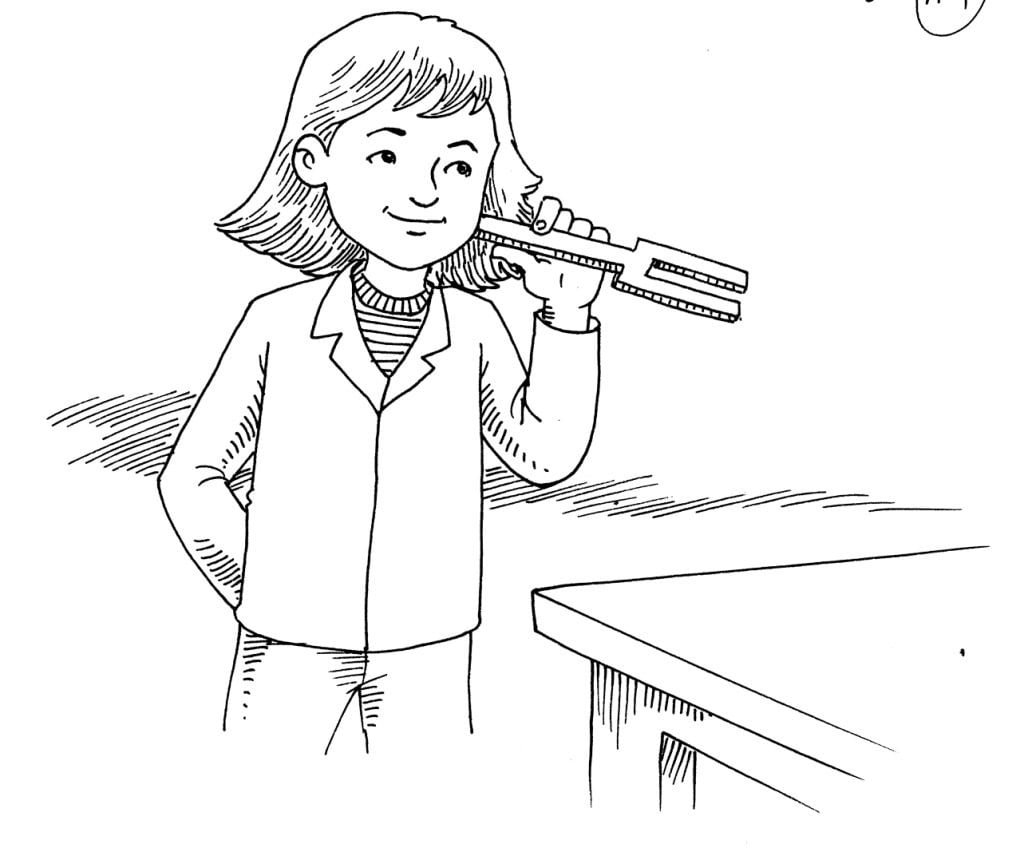
Have you ever listening to a recording of your own voice? If so, were you surprised to hear how it sounded? Most people discover that their recorded voice sounds much different from the voice that they hear when they speak. The difference has to do with how the sound is conducted to your ears.
When you speak, much of your sound is projected outward into the air. A good portion of it, however, is captured by your body. This captured sound vibrates through your body and arrives at your ear through the bones of your head. This through-the-bone sound changes what you detect. Others (and tape recorders), however, will only hear the sound that is transmitted through the air.
Things Required:
Tuning fork
Directions:
Strike the tuning fork against your knee. Listen to the sound. How would you describe its volume and richness?
Strike the tuning fork again. This time, while the fork is still vibrating, firmly press the base of the handle against the side of your jaw. How does pressing the fork against this bone affect the characteristics of the sound?
This Is What Happens:
When the tuning fork vibrated in air, it transferred its energy to a limited number of air particles. This produced a soft sound.
When the vibrating fork was placed against your jaw, things changed. The vibrations were transferred directly to the jaw bone. This bone vibrated and passed the back-and-forth movement along the bones of your skull. Eventually, this “internal vibration” was transferred to the ear. There, it was detected as sound. Since travel through solid objects, such as bone, is a great way of transferring sound, the volume was boosted.

